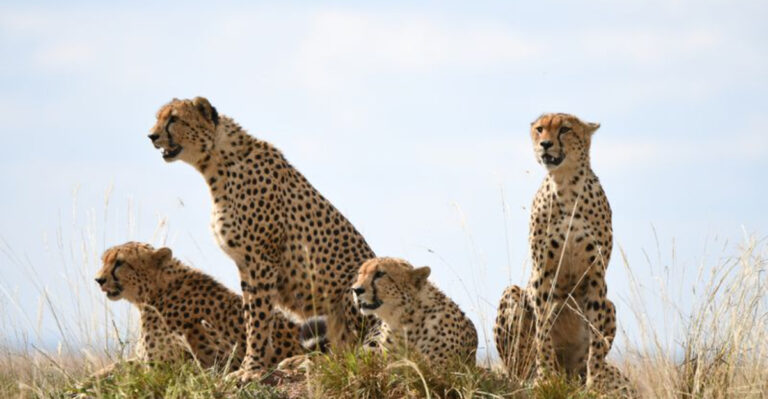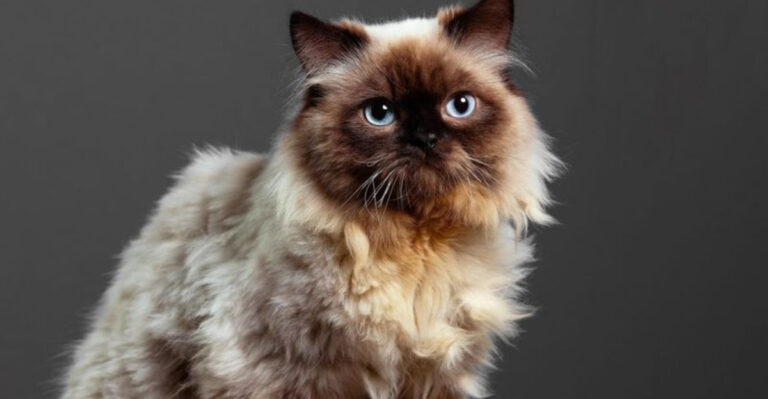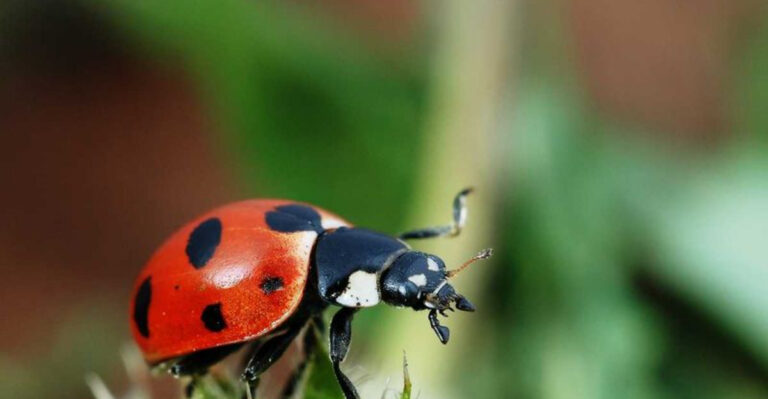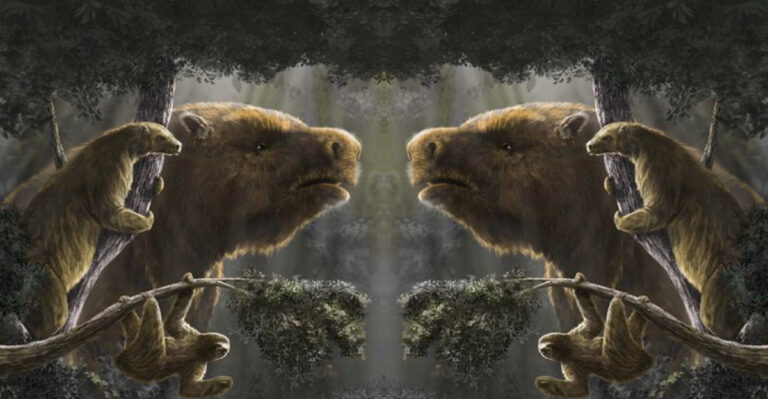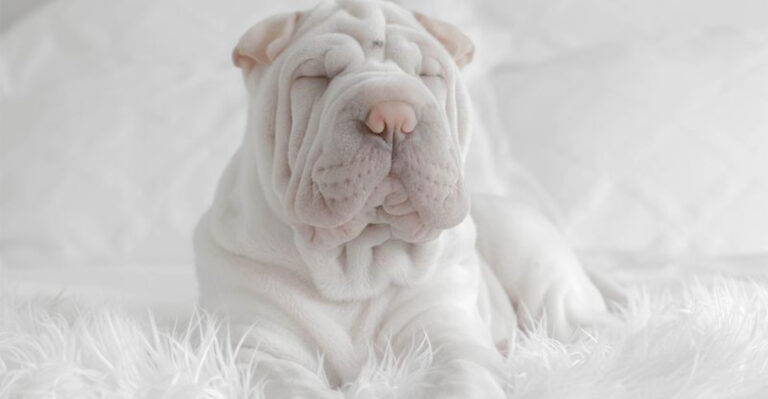15 Dog Breeds You Should Be Cautious With Around Other Pets
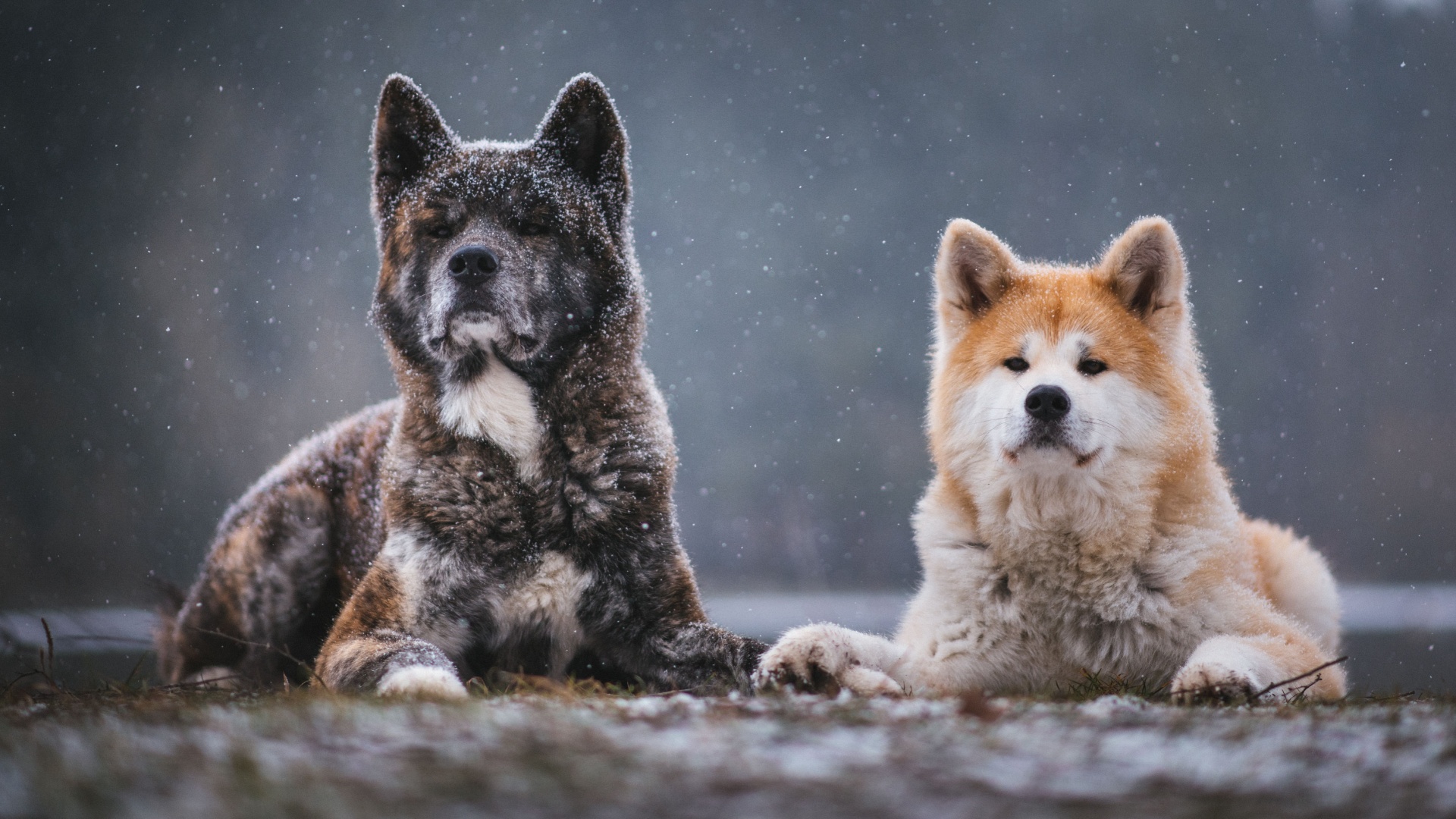
Welcoming a dog into a home bustling with other pets can be a delightful yet challenging experience. While many breeds tend to blend harmoniously, there are a select few that might raise eyebrows – or fur – with their instinctual traits.
From boundless energy to an instinct to protect, these breeds can sometimes clash with other animals. Here’s a captivating look at some dog breeds that require a tad more consideration when socializing with other pets.
Proceed with a curious mind and a cautious heart as we explore what makes these dogs tick.
1. Akita
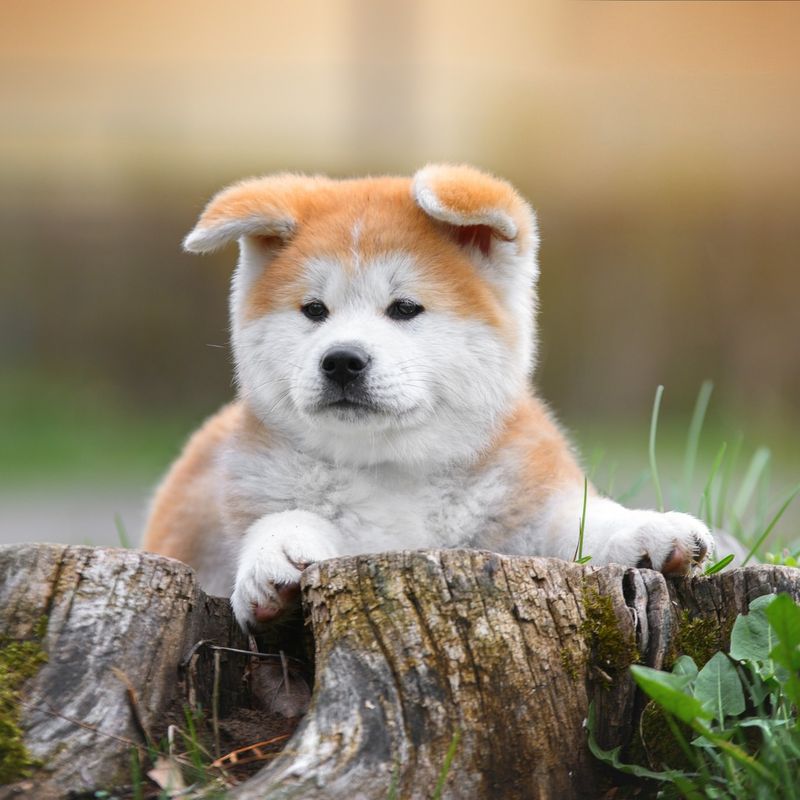
With its noble stance and plush fur, the Akita is a mesmerizing breed that commands attention. Yet, beneath that regal exterior lies a fiercely independent spirit. Known for their loyalty and protective nature, Akitas often have a strong prey drive.
This can make them a bit of a handful around smaller pets like cats or rabbits. Their history as hunters in Japan feeds this instinct. They’re not inherently aggressive, but their determination can sometimes be mistaken for stubbornness.
Careful introductions and supervised interactions are key when bringing an Akita into a multi-pet household. Training should focus on socialization from a young age, helping them understand that not every furry creature is fair game.
Akitas thrive in environments where they feel like a part of the pack, and with the right guidance, they can coexist peacefully with other animals.
2. Chow Chow
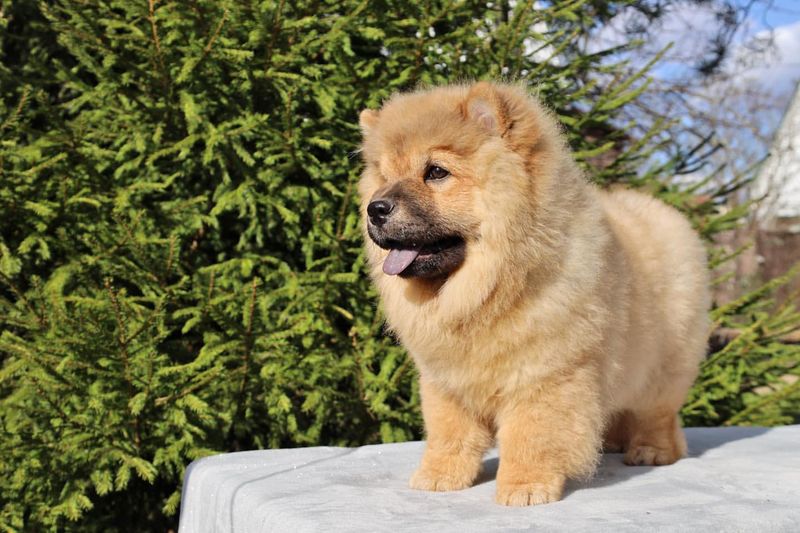
Chow Chows, with their lion-like appearance and aloof demeanor, are nothing short of fascinating. While their looks can draw admiration, their personality requires a touch of caution.
These dogs are known for being somewhat reserved and can be territorial, especially when it comes to their food and toys. They possess a strong-willed nature, which can sometimes translate into a domineering attitude towards other pets.
Introducing a Chow Chow to a household with existing pets should be done slowly and with patience. Establishing boundaries and ensuring positive interactions from the start can make a world of difference. These fluffy companions thrive best in environments where their independence is respected, and their interactions with other animals are carefully managed.
3. Dachshund
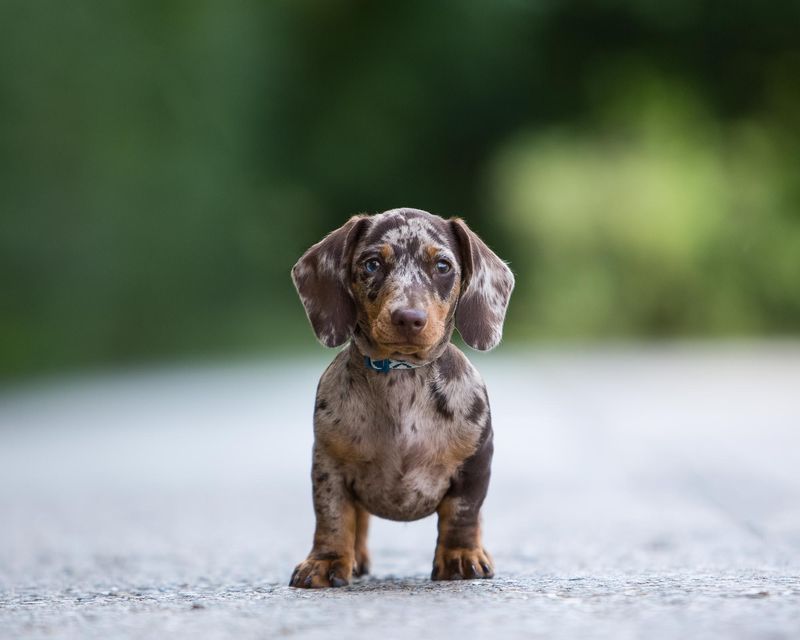
Dachshunds are a bundle of joy and curiosity. However, their small stature hides a bold and sometimes stubborn nature.
Originally bred for hunting badgers, their instinct to chase and dig is deeply ingrained. This can occasionally lead to misunderstandings with other pets, especially smaller animals like rodents or birds. Their tenacity is admirable but can be challenging in a shared pet environment.
To foster harmony, it’s essential to channel their energy into positive outlets like interactive toys and games. Early socialization and training can help them adapt better to living with other pets. Despite their size, Dachshunds think they’re big dogs, and with the right guidance, they can learn to share their space amicably.
4. Jack Russell Terrier
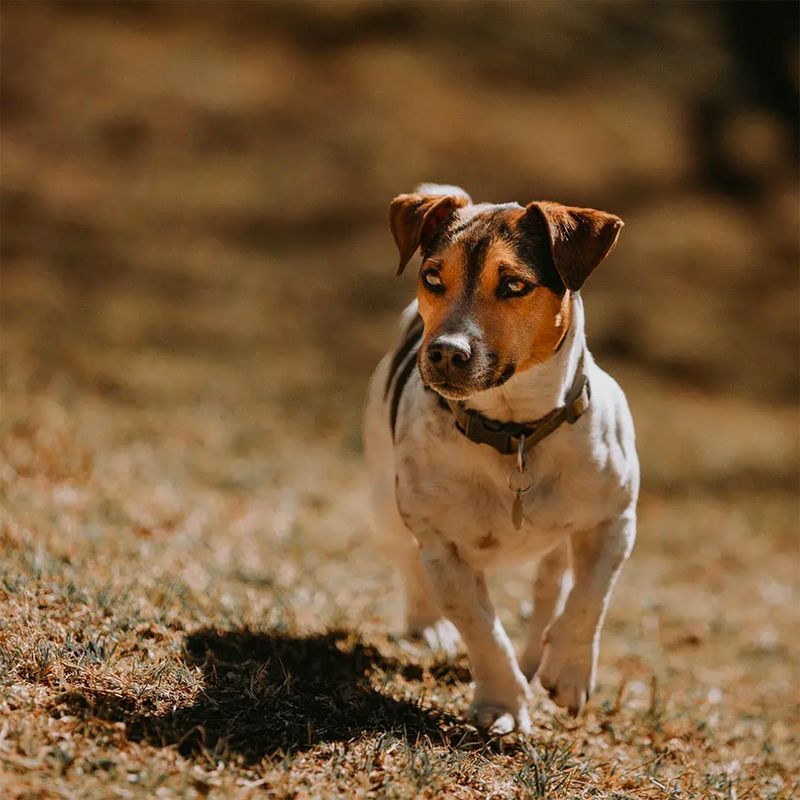
Small in stature but immense in energy, Jack Russell Terriers are known for their spirited antics. These dogs are enthusiastic, lively, and have a reputation for being quite the escape artists.
Their history as fox hunters means they have strong hunting instincts, which can sometimes spell trouble in a home with smaller pets. They’re not ones to back down from a challenge, and their high energy levels require an outlet.
Introducing a Jack Russell to other pets should be approached with energy management in mind. Regular, rigorous exercise and mental stimulation are crucial to keeping them happy and less prone to chase. With consistent training and socialization, these feisty companions can learn to coexist peacefully, channeling their zest for life in more harmonious ways.
5. Siberian Husky
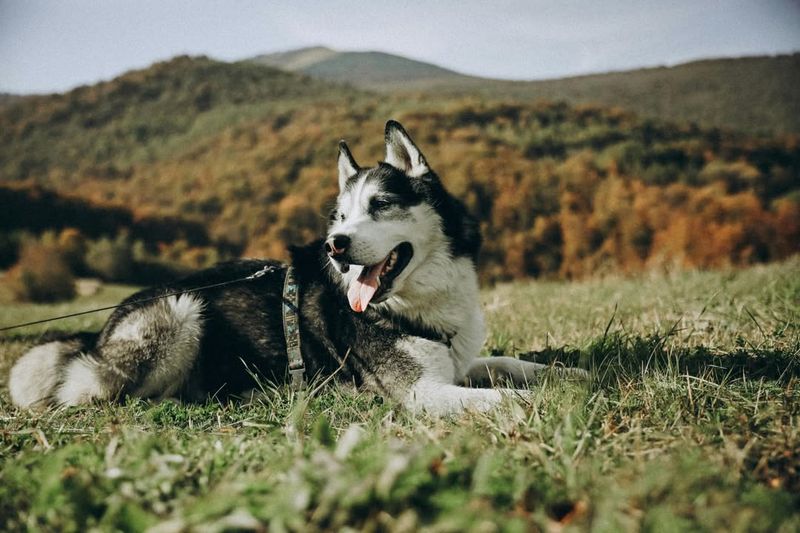
Siberian Huskies, with their striking eyes and wolf-like appearance, are adored by many. Yet, behind their captivating looks is a breed known for its independence and high prey drive.
These dogs are natural runners with a love for exploration, which can sometimes lead them to chase after smaller animals. Their playful nature can be misunderstood by other pets as being too rough or boisterous.
Socialization plays a pivotal role in helping Huskies understand boundaries. Providing them with ample exercise opportunities and mental challenges can curb their urge to chase. With the right training and environment, Huskies can learn to respect the company of other pets while enjoying their adventurous spirit.
6. Alaskan Malamute
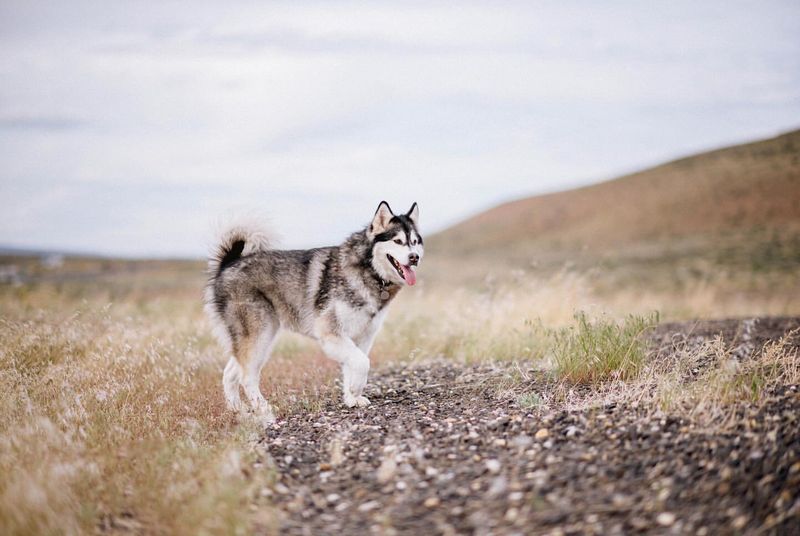
The Alaskan Malamute, cousin to the Siberian Husky, shares many of the same characteristics but with added strength and size. These dogs are powerhouses, bred for pulling sleds in harsh conditions.
Their strong prey drive and independent nature mean they can be challenging around smaller animals. Malamutes are known for their pack mentality, which can sometimes clash with other pets in the household.
To ensure harmony, early socialization and clear boundaries are essential. These dogs require both physical and mental exertion to keep them satisfied and prevent them from seeing other pets as chase-worthy targets. With proper guidance and plenty of activities, Malamutes can learn to share their space while embracing their natural instincts.
7. Basenji
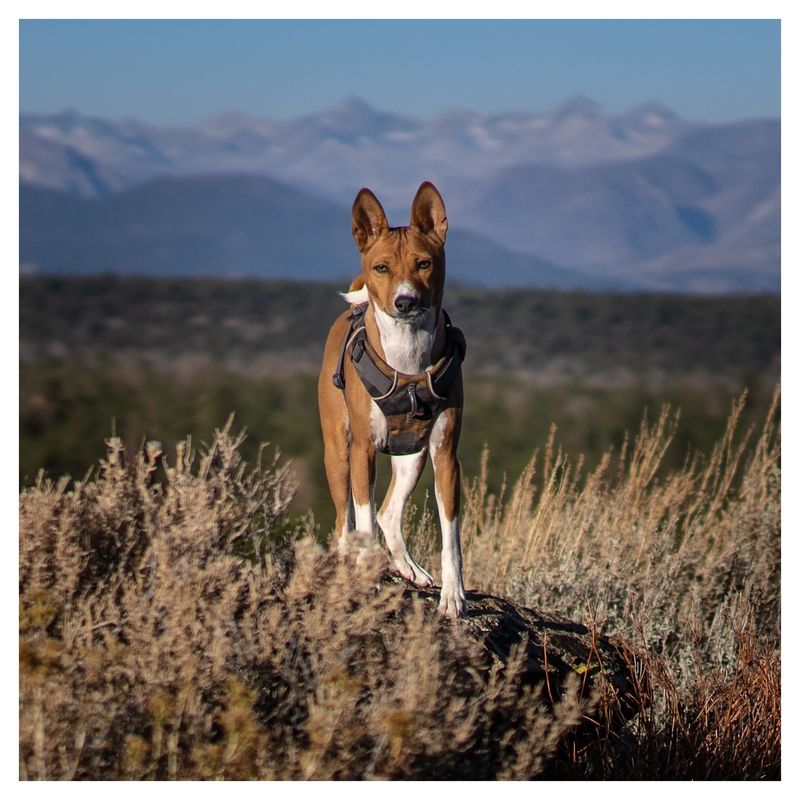
Often referred to as the “barkless dogs,” Basenjis are known for their unique vocalizations and cat-like agility. They possess a curious and independent nature, making them intriguing companions.
However, their high prey drive can be a concern for households with smaller pets. These dogs are quick and have a hunter’s instinct, which can sometimes lead to chasing or cornering other animals.
Introducing a Basenji to other pets should be handled with patience and care. Establishing a routine and providing plenty of mental stimulation can help manage their natural instincts. With the right amount of attention and training, Basenjis can adapt to living alongside other animals, bringing their unique charm into a harmonious pet-filled environment.
8. Australian Cattle Dog
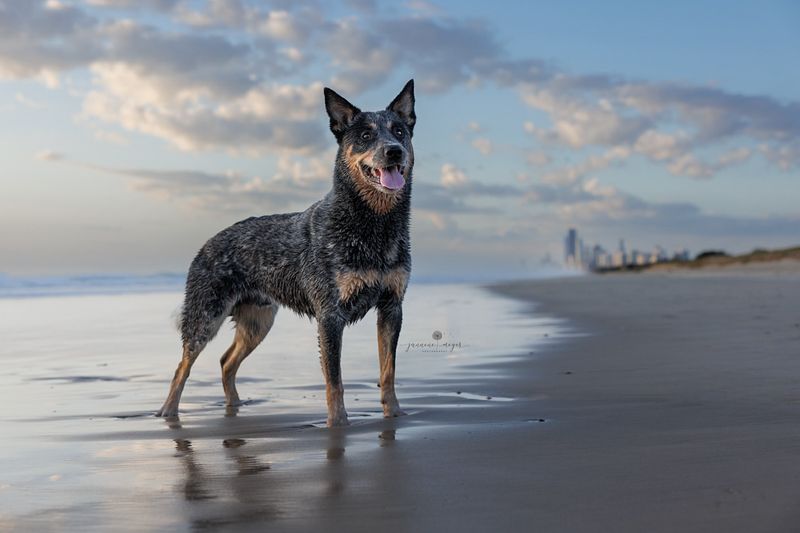
The Australian Cattle Dog, often called the “Blue Heeler,” is a breed bursting with vitality and intelligence. These dogs are renowned for their herding prowess and unwavering loyalty.
However, their energy and herding instincts can sometimes overwhelm other pets, leading to unintentional nipping or chasing. Their natural drive to control and direct can be misunderstood by smaller animals or even other dogs.
Proper socialization and training are crucial to channel their instincts in a positive direction. Providing them with tasks and challenges can help satisfy their need to herd, reducing the likelihood of them turning their skills towards other pets. With the right balance of exercise and mental stimulation, Australian Cattle Dogs can be great companions in a multi-pet household.
9. Border Collie
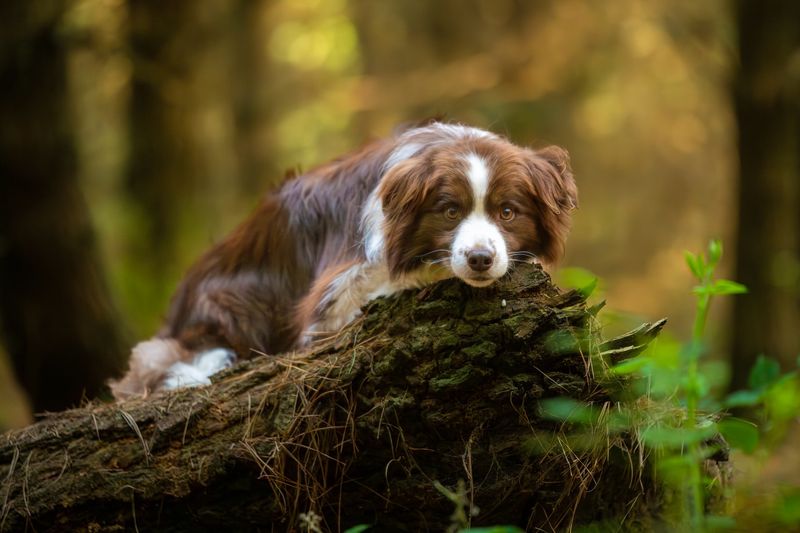
Border Collies are synonymous with intelligence and boundless energy. Known for their herding abilities, these dogs are both quick thinkers and quick movers.
Their instinct to herd can sometimes translate into nipping or chasing other pets, especially those that move quickly like cats or small dogs. Their sharp mind requires constant engagement, or they might find their own ways to alleviate boredom.
In a multi-pet household, it’s essential to provide Border Collies with plenty of mental challenges and physical outlets. Training them to channel their energy positively ensures they don’t become overbearing with other animals. With the right guidance, these intelligent dogs can adapt to living harmoniously with others, showcasing their many talents.
10. Doberman Pinscher
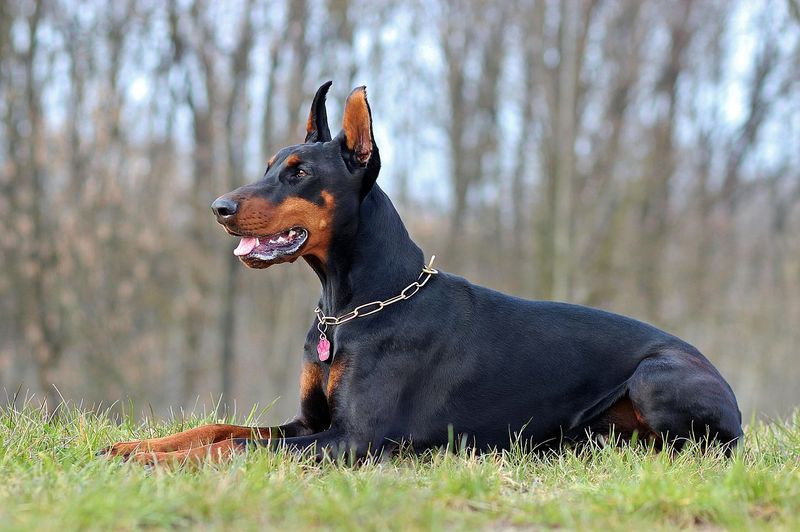
With its sleek frame and keen intelligence, the Doberman Pinscher is a breed that often commands respect. These dogs are known for their loyalty and protective nature.
While they can be affectionate with their family, their strong protective instincts might cause tension with other pets, especially if they perceive a threat. Their assertive nature requires careful management and training.
Introducing a Doberman to other pets should be done gradually, with emphasis on creating positive associations. Consistent training helps ensure they understand their role within the household and can coexist peacefully.
With the right approach, Dobermans can be gentle giants, respected not only for their appearance but also for their ability to adapt and protect.
11. Dalmatian
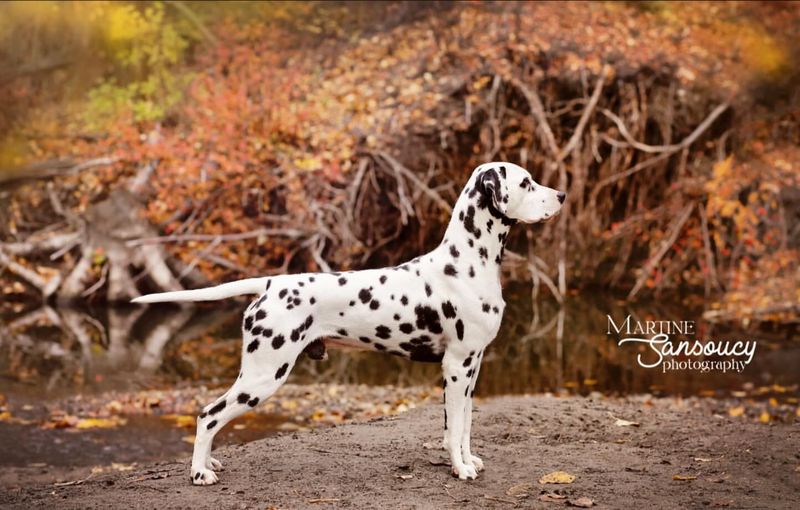
Dalmatians, with their iconic spots and lively spirit, are a breed full of personality and charm. These dogs are known for their boundless energy and affectionate nature.
However, their exuberance can sometimes be overwhelming for other pets, especially those who prefer a quieter setting. Dalmatians have a playful nature that can inadvertently lead to rough interactions.
To foster a harmonious environment, it’s important to provide Dalmatians with plenty of exercise and structured play. Early socialization with other animals can help them learn boundaries and how to modulate their energy. With the right balance of activities and calm interactions, Dalmatians can thrive in a multi-pet household, spreading joy with their spirited antics.
12. Boxer

Boxers, known for their muscular build and playful demeanor, are a breed brimming with enthusiasm. These dogs are affectionate and often act like eternal puppies, full of zest for life.
Their energetic play style can sometimes be too much for other pets, leading to inadvertent bumps or scares. Boxers have a curious nature, and their approach to new friends can be a bit boisterous.
Introducing a Boxer to other pets requires patience and supervision. Teaching them to temper their play and understand boundaries is key to ensuring peaceful coexistence. With proper training and an outlet for their energy, Boxers can adapt well to living with other animals, bringing laughter and joy to the household.
13. Shiba Inu
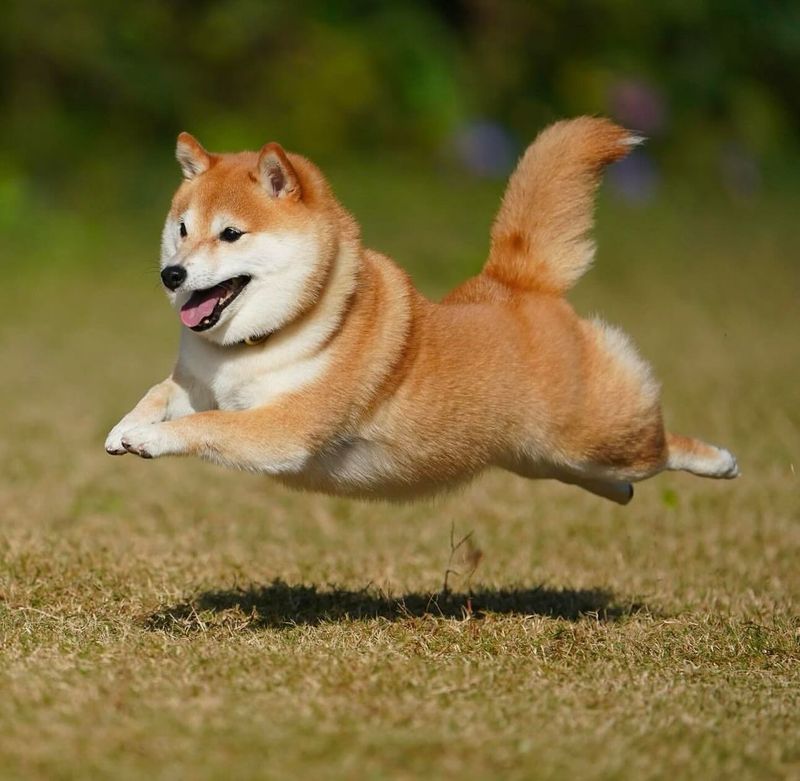
The Shiba Inu is a breed that captivates many. These dogs are known for their independence and occasionally aloof nature.
While they can be affectionate, Shibas often prefer to set their own terms for interactions, which can be puzzling for other pets. Their strong-willed nature makes them less likely to share space or resources willingly.
Introducing a Shiba Inu to a multi-pet household should be done with respect for their autonomy. Gradual introductions and clear boundaries help Shibas understand their place within the home. With patience and understanding, these spirited companions can learn to coexist peacefully, adding a touch of charm to the family dynamic.
14. Weimaraner
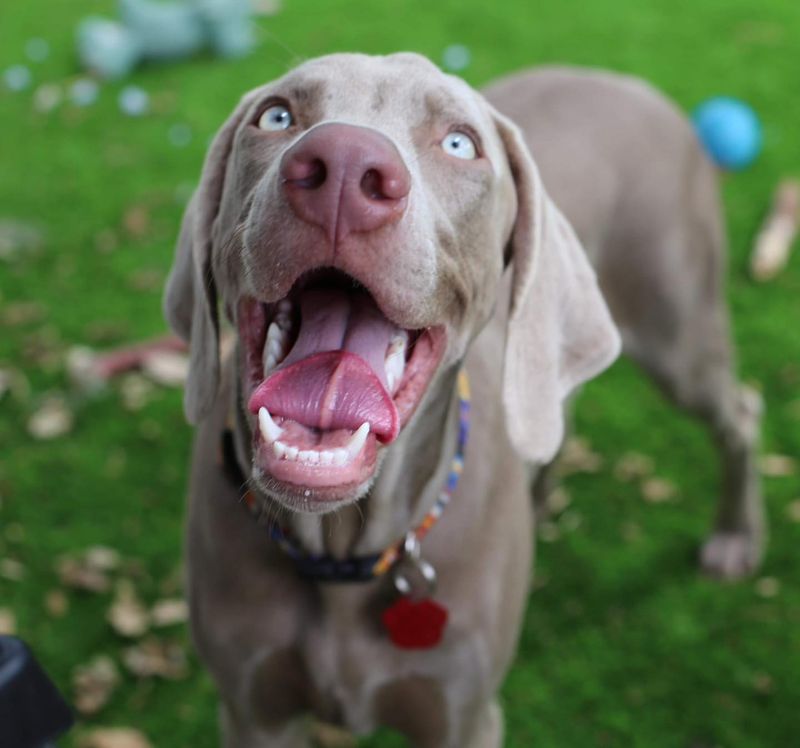
With their sleek silver coats and regal stance, Weimaraners are a breed known for their athleticism and intelligence. These dogs are affectionate and thrive on human companionship.
However, their energetic nature can sometimes overwhelm other pets, especially those not accustomed to such boisterous behavior. Weimaraners have a strong prey drive, which can lead to chasing smaller animals.
To maintain a balanced environment, it’s essential to provide Weimaraners with regular exercise and mental challenges. Introducing them to other pets should be done gradually, with a focus on positive reinforcement. With the right approach, Weimaraners can adapt to living harmoniously with other animals, bringing their lively energy into a cohesive family setting.
15. Great Dane
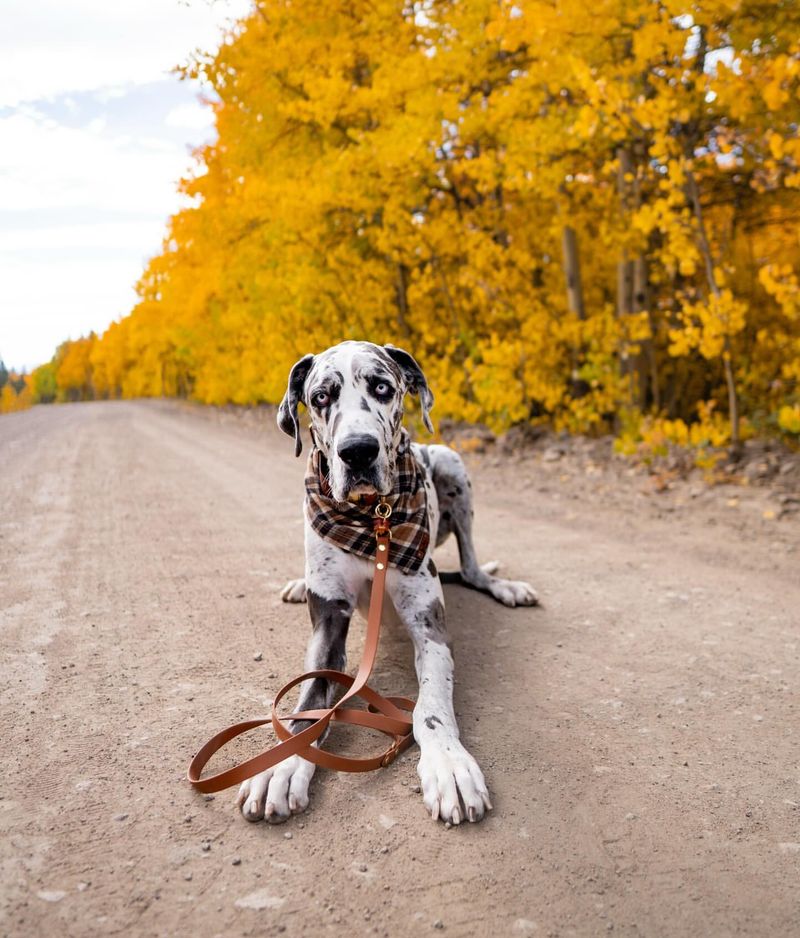
Great Danes, often referred to as “gentle giants,” are a breed that turns heads with their majestic size and amiable nature. These dogs are known for their loving demeanor and calm disposition.
Despite their size, Great Danes can sometimes be unaware of their own strength, which can lead to accidental knocks or bumps with smaller pets. Their gentle nature requires careful management in a multi-pet household.
Introducing a Great Dane to other animals should be done with attention to space and comfort for all pets involved. Teaching them to be mindful of their size and movements ensures peaceful interactions. With the right guidance, Great Danes can be wonderful companions, offering their big hearts and gentle nature to the family.

